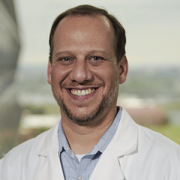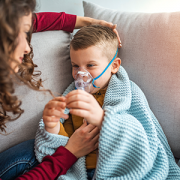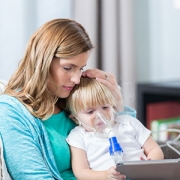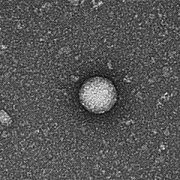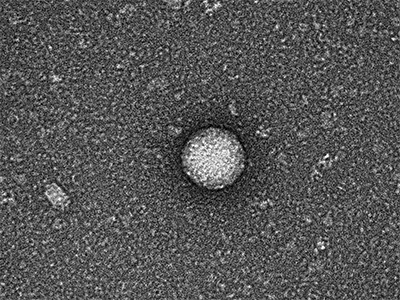Robert Freishtat, M.D., M.P.H., named as Connor Family Professor in Research and Innovation
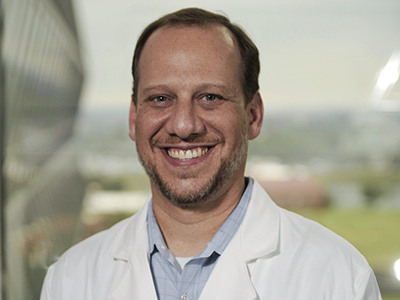
“The Connor Family Professorship will allow my team to act rapidly upon potential transformative discoveries for children’s health” said Dr. Freishtat. “There is no greater honor than to carry the Connor family name as we follow in Dr. Edward Connor’s footsteps to drive breakthroughs that will benefit all children. I am eternally grateful for their support.”
Children’s National Hospital named Robert Freishtat, M.D., M.P.H., as the first Connor Family Professor in Research and Innovation at Children’s National Hospital.
Dr. Freishtat serves as Chief Biotechnology Officer and Senior Investigator, Center for Genetic Medicine Research in the Children’s National Research Institute. He is also a Professor with Tenure in Pediatrics, Emergency Medicine, Genomics and Precision Medicine at The George Washington University School of Medicine and Health Sciences.
About the award
Dr. Freishtat joins a distinguished group of 42 Children’s National physicians and scientists who hold an endowed chair. Professorships at Children’s National support groundbreaking work on behalf of children and their families and foster new discoveries and innovations in pediatric medicine. These appointments carry prestige and honor that reflect the recipient’s achievements and donor’s forethought to advance and sustain knowledge.
Dr. Freishtat is an internationally recognized translational researcher. He is the principal investigator for multiple international collaboratives studying intercellular communication in organ injury/repair. He has authored or co-authored more than 140 articles and book chapters in the fields of lung injury, asthma, obesity, exosomes and emergency medicine.
In 2020, Dr. Freishtat founded the Office of Biotechnology at Children’s National to fast-track novel ideas and forge industry partnerships so solutions can reach patients sooner.
“The Connor Family Professorship will allow my team to act rapidly upon potential transformative discoveries for children’s health” said Dr. Freishtat. “There is no greater honor than to carry the Connor family name as we follow in Dr. Edward Connor’s footsteps to drive breakthroughs that will benefit all children. I am eternally grateful for their support.”
The Connor family, through their vision and generosity, are ensuring that Dr. Freishtat and future holders of this professorship will launch bold, new initiatives to rapidly advance the field of pediatric research and innovation, elevate our leadership and improve the lifetimes of children.
About the donors
Dr. and Mrs. Connor are longtime donors and members of the Children’s National community. Dr. Connor previously served as Director of the Office of Innovation Development and a member of the executive team at the Clinical and Translational Science Institute. His institutional involvement continues through service, formerly as a board member for the Children’s National Research Institute and more recently as a member of the Research, Education, and Innovation Advisory Board. Mrs. Connor, a clinical microbiologist and educator, has worked throughout her career creating a legacy of young people in science.
“We strongly believe in the power of academic entrepreneurship to improve the health and wellbeing of children. This endowment is our way of supporting Children’s National’s work in research and innovation and recognizing Dr. Freishtat’s leadership as an outstanding physician-scientist and role model in clinical and translational pediatrics.”


